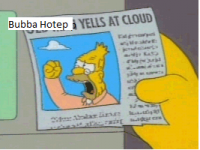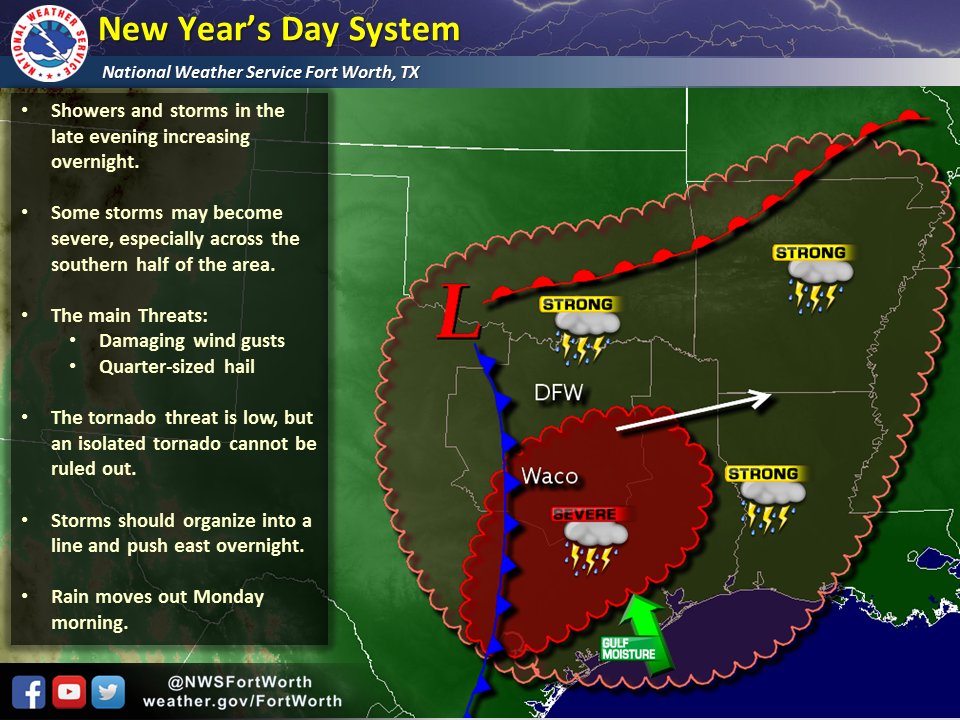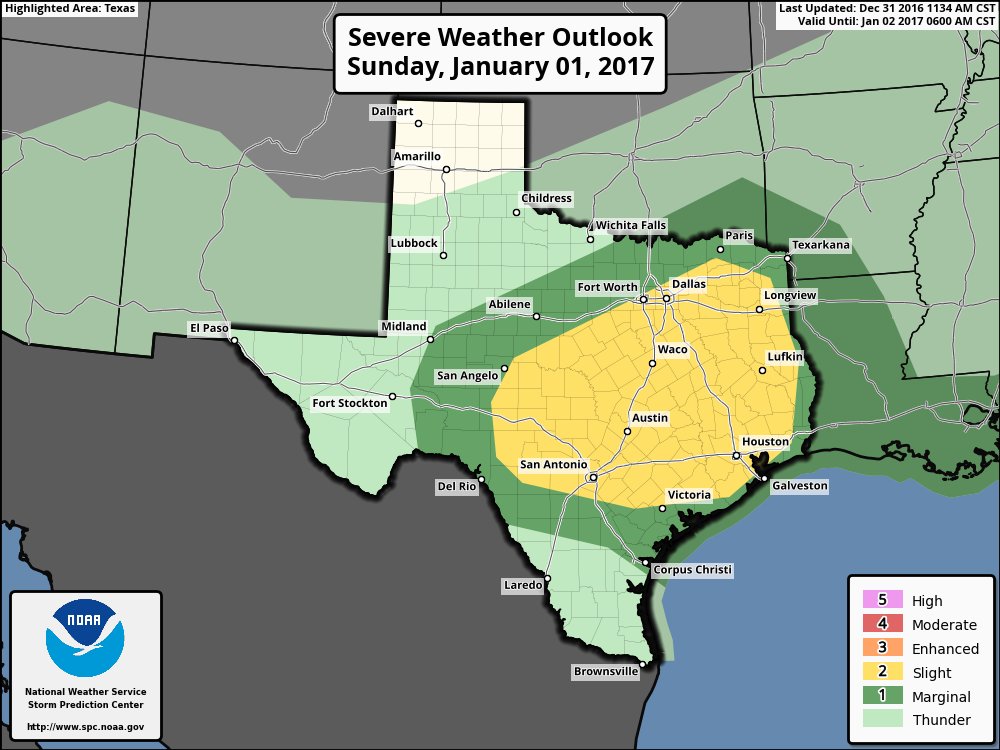If I can be serious, for a moment, I'm looking at the current and projected 500mb flow across Alaska & Canada (GFS). Yeah, that's a pretty big ridge building over Alaska, but look at the flow pattern, look where the air in western Canada is coming from - the Pacific. In past severe cold events across Texas, there wasn't a big ridge over Alaska, it was farther east and tapping into Siberian air across the Pole. During the very cold winter of '76-'77, it was unusually warm over Alaska. I remember hearing a story of U.S. troops on winter survival training in Alaska suffering from heat exhaustion in their Arctic gear.
As I always say, look at the source region of the cold air. It's really not cold in NW Canada or Alaska. The colder air is well to the east over north-central Canada, and even then it's not nearly as cold as with the Arctic outbreak a few weeks ago. True, we don't need extremely cold Arctic air to get frozen precip across Texas, but given the recent warmth across the Central Plains and the northern extent of the snow cover, it's going to be hard to get enough deep cold air over Texas for snow over the next week or so. It's possible that a cross-Polar flow will develop in the coming weeks, allowing some extremely cold Siberian air to head south into the U.S., but I don't see that happening over the next 7-10 days.
That said, the models are going to have a very tough time with the current and predicted weather pattern. Don't get your hopes up for any freezing/frozen precip until it appears in the 2-3 day model guidance, there is agreement in all global models, AND model runs are consistently showing such precip each run. For now, I expect we'll see some colder air this coming week and next, but it may not even be cold enough to produce a freeze down to Houston. I'm not saying we won't see a freeze, just that there is no guarantee of one. As for frozen precip across SE TX, I'm not concerned/excited about it for the next 7-10 days.


 imgurl
imgurl The posts in this forum are NOT official forecast and should not be used as such. They are just the opinion of the poster and may or may not be backed by sound meteorological data. They are NOT endorsed by any professional institution or
The posts in this forum are NOT official forecast and should not be used as such. They are just the opinion of the poster and may or may not be backed by sound meteorological data. They are NOT endorsed by any professional institution or 



















